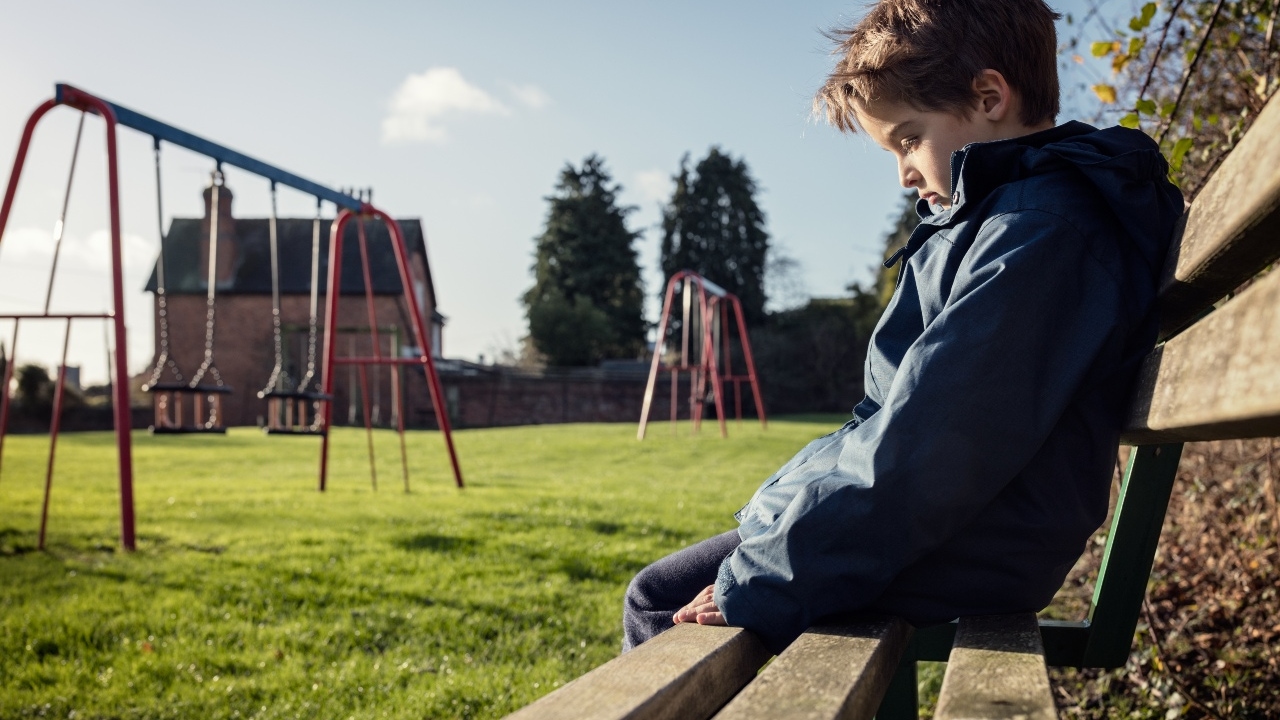An abused child is three times more likely to develop an addiction than an adult.

According to the World Health Organization (WHO), nearly three out of every four boys and girls aged 2 to 4 years (about 300 million people in total) regularly experience corporal punishment or psychological abuse from their parents or guardians. Child abuse causes, among other things, physical and mental health problems that can last a lifetime.
However, this is often hidden, and only a proportion of victims receive support from health professionals. A new study published today in the journal Addiction examines the long-term effects of abuse and neglect in children under 16 years of age.
The study, led by Claudia Bull of the University of Queensland, Australia, used data from more than 6,000 babies born at Mater Mothers Hospital in Brisbane, Australia, between 1981 and 1983. 10% of these children (609 children) had at least one report of child maltreatment (alleged or confirmed) before the age of 15 years.
Thus, compared with other children, these 609 children were 2.86 times more likely to be hospitalized for alcohol use and 3.34 times more likely to be hospitalized for substance use at age 40.
“These types of disorders are incredibly costly to societies around the world. Understanding the extent to which they are associated with childhood maltreatment can inform prevention strategies and early interventions aimed at reducing their prevalence,” Bull explains to SINC. .
The odds of hospitalization were more than three times higher among people who received more than two reports of agency-reported abuse for both alcohol use disorder and substance use disorder.
Abuse was defined as “reported” when notifications from a competent authority were received during the person’s childhood. Child Protective Services upgraded the category to “proven” in cases where there were reasonable grounds to believe that the child was, had been, or was likely to be a victim.
“Our findings suggest that to treat and prevent these types of disorders in people who have been abused, it is necessary to address their consequences and root causes. Personalized interventions and support will also be important to better understand and respond to their needs,” adds the first author.
An indelible mark of violence
The study also categorized childhood abuse into physical, sexual, emotional abuse and neglect. The odds of hospitalization for alcohol use disorders were higher (3.48 times higher) for people who received substantiated reports of sexual abuse before age 16.
Similarly, the risk of hospitalization for substance use disorders was higher (3.10 times higher) for people who received reports of emotional abuse before age 16.
“Most previous research on childhood adversities and alcohol and substance use disorders has focused on physical and sexual abuse. As we suspected, the odds are comparable across subtypes of abuse and neglect during this period,” says Bull.
Despite the horrifying results, the researcher argues that reports of child abuse to child protective services likely significantly underestimate the true prevalence of the problem.
“Reports in this study did not include people with undiagnosed or untreated disorders, or those receiving outpatient and community care. and ethnic minorities,” he concludes.
Link:
Bull C et al: Association between child maltreatment and hospitalization for alcohol and other substance use disorders before age 40: Findings from the Childhood Adversity and Lifetime Morbidity Study. Drug addiction 2024